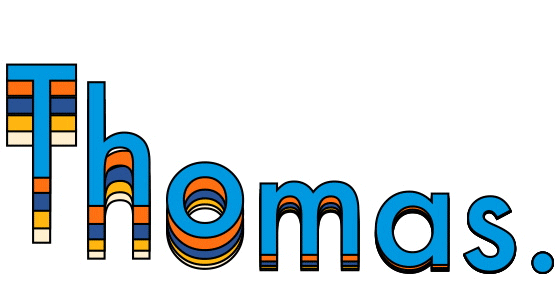Creating an animated explainer video for your business
According to the Internet Advertising Bureau UK, Video was the fastest growing format in 2016, Up 56% on a like-for-like basis since 2015. With statistics like that it’s not hard to see why companies are turning to motion design and animation to get their stories heard.
So what goes into making an animated explainer video for your business? Well, I cover all aspects of the process: from planning, to script writing and finally the animation itself. Here’s a look at the different stages:
Step 1. The idea & planning
It all starts with the concept, usually, clients will have an idea of what they want the video to accomplish; is it to sell a product? To explain how an app works?
Whatever the goal of the video, the planning stage is arguably the most important part of the whole motion design process, it helps define what’s needed from the video, the points it should cover, and what people should remember after they’ve watched it.
There’s a lot of questions in the planning stage, it’s worth it though, these questions help to define the next stage:
Step 2. The script
Taking the points and goals from step 1, writing the script is the next stage. The script is the structure for the video, even if there’s not going to be a voiceover in the final piece, a video still needs a script to explain what’s going on.
The key to a really good script is to remove everything that isn’t absolutely necessary. It helps focus on the important points and stops the video from becoming bloated, the last thing you want is a script that has viewers switching off out of boredom!
Side note: how long should the video be?
Typically, an animated explainer video should be a maximum of 60-90 seconds. Anything more than that and I’d recommend breaking the video down into multiple videos.
Writing a script is as much about re-writing, it takes time to get it right and it’s worth investing the time in this stage, this is what really shapes the final video.
Step 3. The storyboards & style frames
This stage really starts to bring the ideas to life. Storyboards usually take the form of rough drawings that show the general idea, a rough and ready look at how the animation will take shape.
For lower budgets, a written storyboard can be developed instead of the drawings. Written storyboards tend to break down the different sections of a script and describe what sort of animation will take place in the scene.
Where the storyboards give a rough idea of how the animation will be formed, the style frames, as the name suggests; define the style of the animation, the overall look and feel of the video.
This is a really crucial step, by mocking up a couple of frames from the storyboard the client gets their first chance to see how the animation will look.
It’s much easier to redesign a couple of style frames than to re-animate a whole video!
The number of style frames mocked up really depends on the budget available, a bigger budget means more can be created which, in turn, gives a better idea of how the final video will look.
Step 4. The voiceover & music
Depending on the video, there may be a voiceover to record. It’s a relatively straightforward process, there’s just some key areas that need decisions: style and tone of voice for example, male or female, any particular accent needed!
Step 5. The animation
This is it, this is where the real magic happens. All that planning, writing, and sketching provides the perfect foundation for the animation to begin and as a motion designer, this is my favourite bit, it’s where I get to do what I do best!
Animation isn’t a quick process, really good animation, even if it looks simple on the surface, takes time to produce - as a client you just have to sit back and wait for the end result!
And there we have it! That’s an overview of what goes into creating an animated explainer video.
Interested in creating a video for your product or business? Get in touch and we can get to work telling your story!
Filed under:
